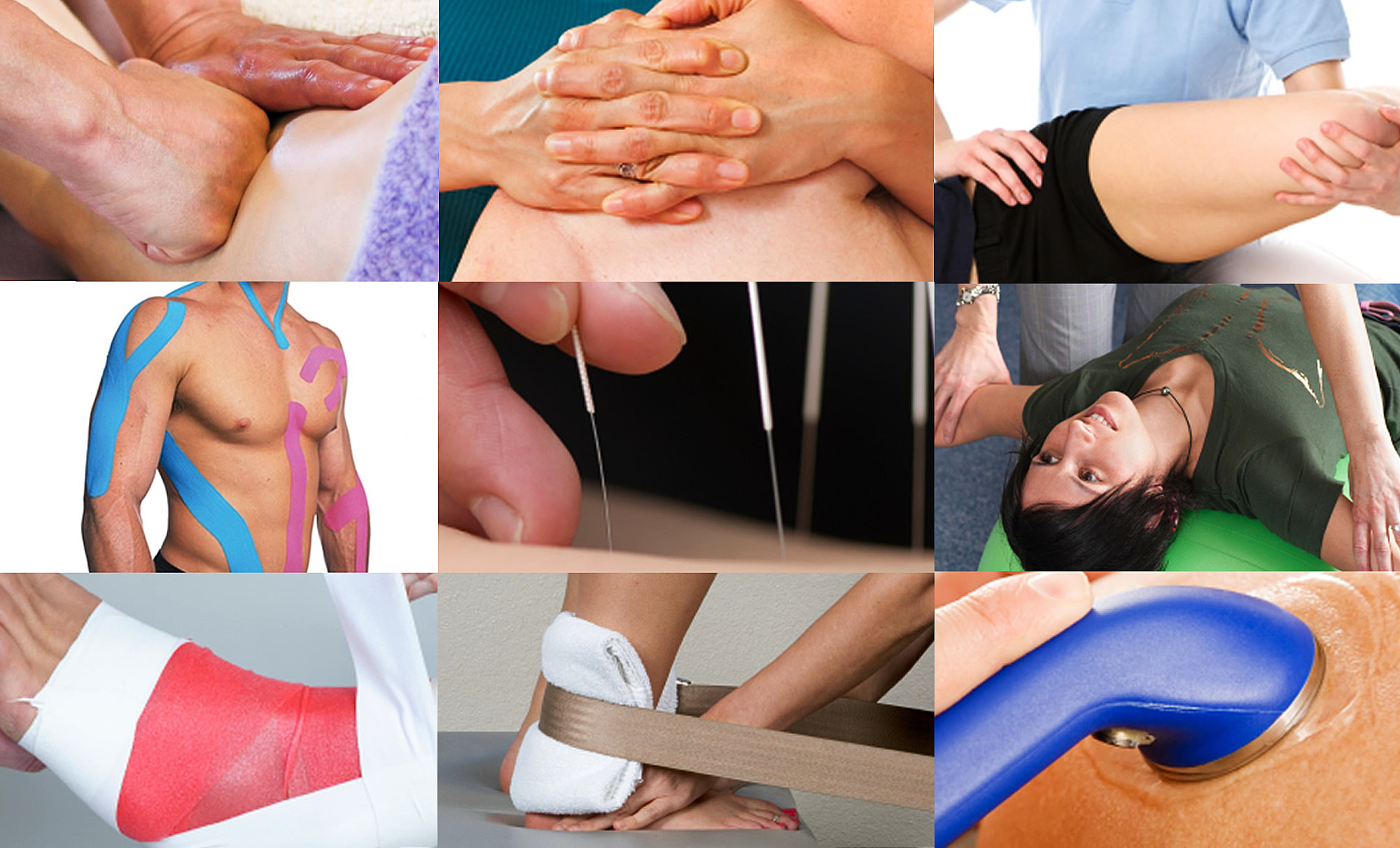Joint & Soft Tissue Rehabilitation Programs
Rehabilitation following soft tissue injury involves the management of the client, from the time of injury to return to sport or general activity. Soft tissue injuries vary in type (e.g. tendon, muscle, ligament, muscle contusion etc) and severity; however, a generalised program of staged rehabilitation is relevant for all injuries. The length of the program will vary depending on the severity of injury but all stages will still need to be addressed.
The stages of rehabilitation from injury to return to sport are:
1. Unloading Phase (Tissue Recovery/Regeneration)
2. Restoration of Normal Physiology (Early)
3. Restoration of Normal Physiology (Late)
4. Functional Training (Sport Specific Demands)
If we briefly consider each of these stages and the rehabilitation aspects it helps us to more effectively guide our management.
1. UNLOADING PHASE (Tissue Recovery/Regeneration)
• This commences immediately following trauma and involves protecting the injured structure from excessive loads likely to impact on normal tissue healing.
• Total rest is not necessary, rather protection at an appropriate level is required.
• The length of time for protection is dependent on the severity of trauma involved.
• Utilisation of RICE principle is vital in the early stages with emphasis on compression. Compression at all times immediately following injury is arguably the most important of the RICE principles. Thus keep compression on even when undertaking other aspect of RICE management.
2. RESTORATION OF NORMAL PHYSIOLOGY (Early)
• This involves the introduction of increasing loads/demands on the tissue after suitable time for tissue recovery has been allowed.
• Loads need to be kept at an appropriate level for timeframe of tissue healing. This involves both stretching and strengthening aimed at tissue involved without causing excessive pain or any post exercise swelling/prolonged soreness.
• Additional techniques (home and clinic based) may be incorporated to assist in tissue healing or movement restoration (e.g. massage, mobilisation, electrotherapy etc.). The intensity of massage needs to be kept at a suitable level for the tissue healing time (i.e. not too strong as may cause further tissue damage/bleeding!).
3. RESTORATION OF NORMAL PHYSIOLOGY (Late)
• Continuation of loading of tissues to full strength/stretching loads.
• Loading through this phase will begin to mimic normal daily and sporting loads.
• Loading is progressed through from slower to faster rates of application and from short to longer duration.
• Should have normal tissue strength at the end of this stage in preparation for the final stage.
4. FUNCTIONAL TRAINING (Sport Specific Demands)
• Final stage of rehabilitation to be completed before full return to sporting activity.
• This stage is vital to ensure athlete has suitable ‘dynamic joint stability’ via appropriate activation of muscle to prevent recurrence or new injuries.
• Utilisation of dynamic balance/loading activities is important during this stage. Techniques such as plyometrics and agility training are very useful in mimicking sport specific demands.
• Frequently final stage rehabilitation is poorly directed, leaving the athlete vulnerable to injury on return to competitive environment.
For successful return to sport or general lifestyle all stages of rehabilitation need to be addressed! Recurrence of injuries do occur, even if we follow all stages. However, failure to adequately rehabilitate people, especially the final specific stage, significantly increases re-injury rates.

